The All-New McLaren W1 Hypercar Continues The Legacy Of The Masterful F1 and P1
The latest from Woking sends an astonishing 1,284bhp to the rear wheels only!

In the 1990s, the legendary McLaren F1 went up against the equally iconic Ferrari F40 and Porsche 959. In the early 2010s, the P1 took on the Ferrari LaFerrari and Porsche 918 Spyder. Now though, for the time being at least, McLaren has the playing field all to its own, as it just launched the all-new W1, the first entry in the upcoming revamp of the hypercar-holy-trinity! Of course, there are others, such as Koenigsegg and Pagani, but the three-way brawl between McLaren, Ferrari and Porsche is considered the most epic showdown in the upper echelons of the industry. All three ushered in a new era of electrified high-performance engineering and were the pinnacle of what the three brands had to offer in terms of technology and innovation. The McLaren W1 however, seeks to rewrite the rulebook again and packs no less than 1,275 horsepower, which is sent to the rear wheels only!
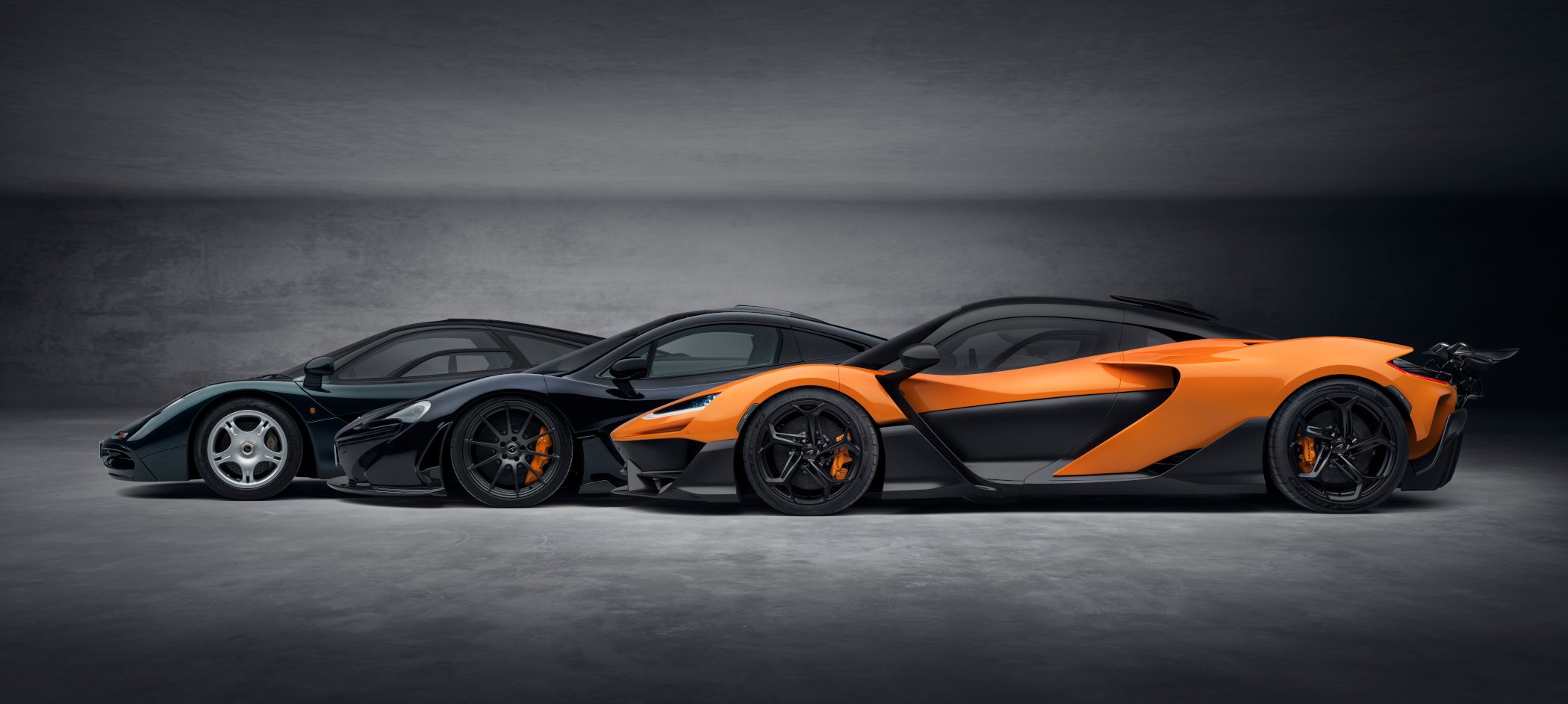
There’s an unexpected problem though; the W1 is not the fastest McLaren on the planet. That honour still goes to the McLaren Speedtail which can hit 402kph (250mph) if the road is straight and long enough. However, the W1 is said to be the most performance-focused McLaren to date, which says a lot, coming from the Woking-based manufacturer. The W1 packs a brand-new 4.0-litre twin-turbo V8 engine producing 915bhp on its own, and a hybrid system that pushes that to a combined output of 1,275bhp. With it, the W1 hits 100kph in 2.7 seconds. Still blisteringly quick but there are faster cars out there. The 200kph mark, however, is done and dusted in 5.8 seconds from a standstill with 300kph needing just 12.7 seconds on the clock. And to put the latter two figures into perspective; in both instances, the W1 is quicker than a Bugatti Chiron, by quite a margin!
Straight-line performance is all fine and dandy, but the W1 isn’t set up for that. Instead, it needs to see some corners to unlock its full unbridled potential! The whole car has been engineered with one thing in mind, and that’s cutting-edge performance both on twisty roads as well as the race track. Front to back, the W1 looks laser-focused from every angle. It lacks the grace of the F1 perhaps, and even the P1 looks a little restrained in comparison. Yet it’s a true McLaren, honed to perfection in every sense of the word. From the aggressive front splitter to the many inlets, vents, winglets and slats, to the massive rear wing, it’s all to benefit one thing; downforce!
What stood out from the facts and figures, perhaps more than the 1.000+ horsepower, was the level of downforce the W1 can generate. According to McLaren, it hits 1,000kgs of downforce at a speed of 280kph (174mph). In comparison, the Porsche 911 GT3 RS makes 860kgs of downforce at that speed. Both are entirely different cars of course, but it does give a hint as to how aerodynamically efficient this thing is.
Part of that is due to the genius of the rear-wing construction. Not only is it adjustable in height and angle, but it can be extended out by about 300mms, meaning it acts like a long-tail wing. When it moves back, it enhances the performance of the rear diffuser, improving the aerodynamic performance yet again. You can check the animation above on how this works exactly, which is pretty cool! All this is controlled by the car’s on-board ICU but can also be adjusted at the push of a button and by switching driving modes (of which there are five; Electric, Comfort, Sport, Race, Grand Prix).
The airflow around and over the car is also smoothed out by the Gullwing doors (so no more butterfly doors!) and the specially engineered roof-mounted flow diverter. And if that’s not enough, the W1 is an actual ground effects car, where a vacuum is created underneath it, sucking it even closer to the road at (very!) high speeds!
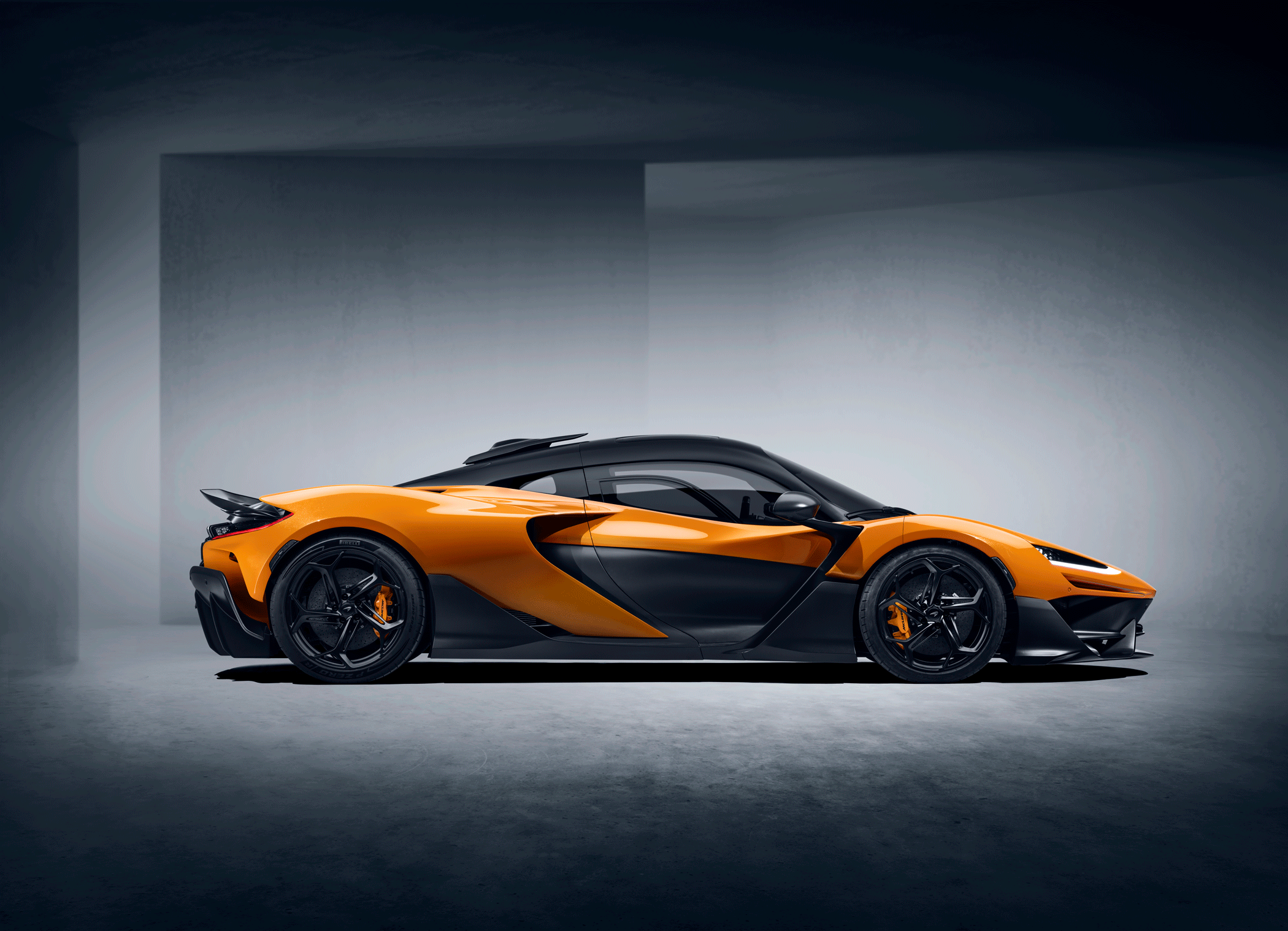
On the inside, the madness continues with fixed seats and a moveable steering wheel, pedal box and primary controls such as the flippers and indicator stalk. The flattened steering wheel is almost void of any controls, as some have moved to the touch-sensitive screen in the centre console, and others are hidden in the roof. What does stand out though, are the red ‘Boost’ and blue ‘Aero’ buttons. Hit the ‘Boost’ button, and you instantly get all the power that’s available from the E-Module electric drivetrain. The other one, marked with ‘Aero’ activates the Drag Reduction System by putting the rear wing into low-drag mode.
The seats are integrated into the Aerocell carbon fibre monocoque of the car, with a seating position that’s very much like a race car. The direct benefit of this fixed and integral seating construction is a wheelbase that can be cut down by 70mm in total length, which improves the handling of the car. Stopping is done by 390mm McLaren Carbon Ceramic Racing+ discs, with six-piston callipers in the front and four-piston callipers in the back. The biggest limiting factor for the W1’s acceleration, by the way, is the fact it’s rear-wheel drive only (to save weight) and the Pirelli P Zero Trofeo RS tyres. They are unbelievably grippy and will hurl you around corners at break-neck speeds (aided by the car’s power and aero efficiency of course), but a tyre can only do so much from a standstill.
Talking about the price of this almighty machine is somewhat of a futile thing to do, as all 399 that will be built have already been allocated. That means no less than 399 clients have absolutely no issue forking out USD 2,100,000 base price for the McLaren W1. Next to this Papaya Orange and black colour scheme, McLaren offers virtually limitless bespoke options through its McLaren Special Operations program. That will undoubtedly inflate the price a bit more, but if you can afford the base price the optional extras are surely not a problem. The W1 is set to hit the road in early 2026, and despite the fact it’s unobtainable for us mere mortals, I am already looking forward to the first reviews, and possibly the three-way battle with whatever Ferrari and Porsche are cooking up as competition!
For more information, please visit Cars.McLaren.com.
Editorial Note: The information and images used for this article are sourced from and used with permission of McLaren Automotive unless stated otherwise.

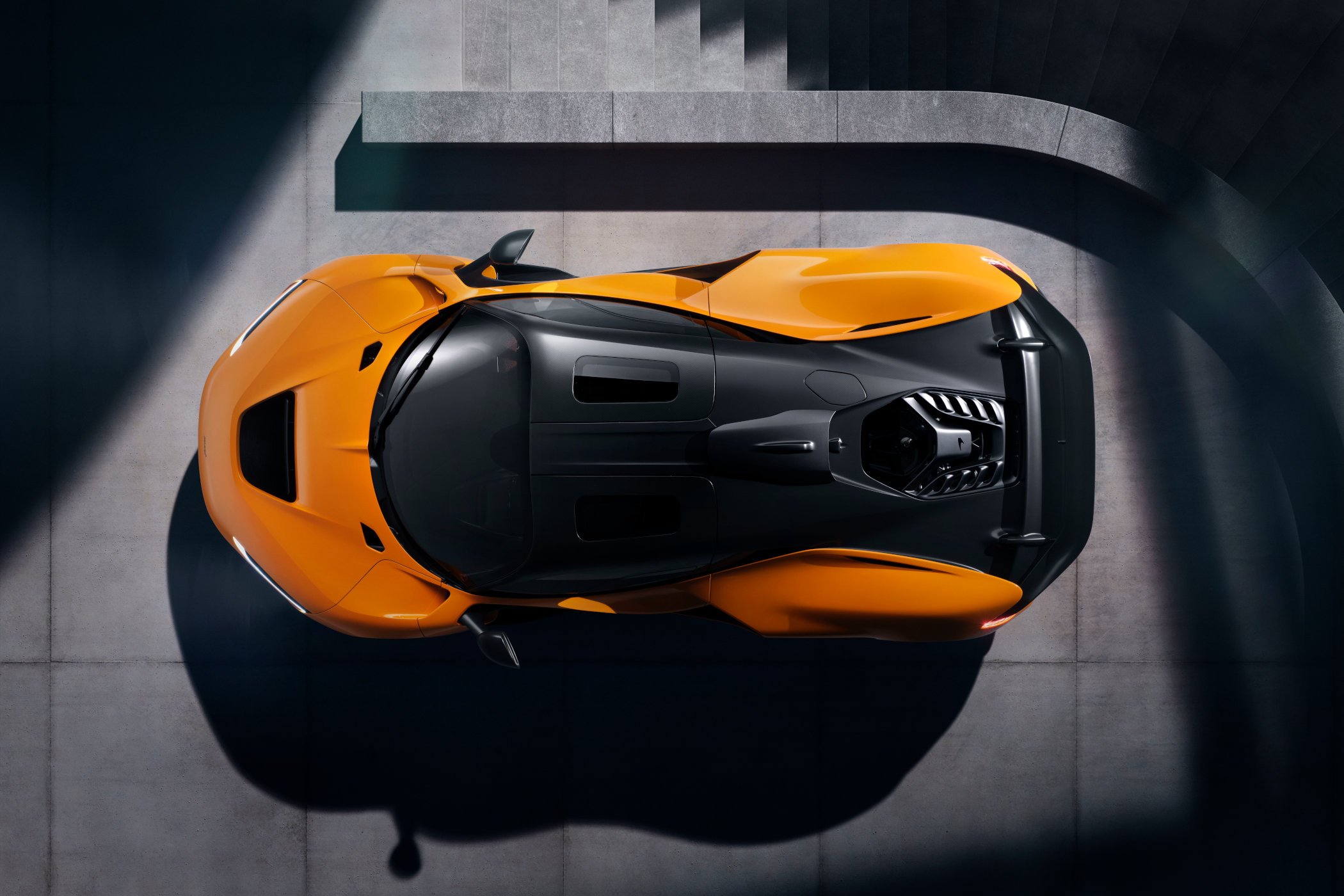
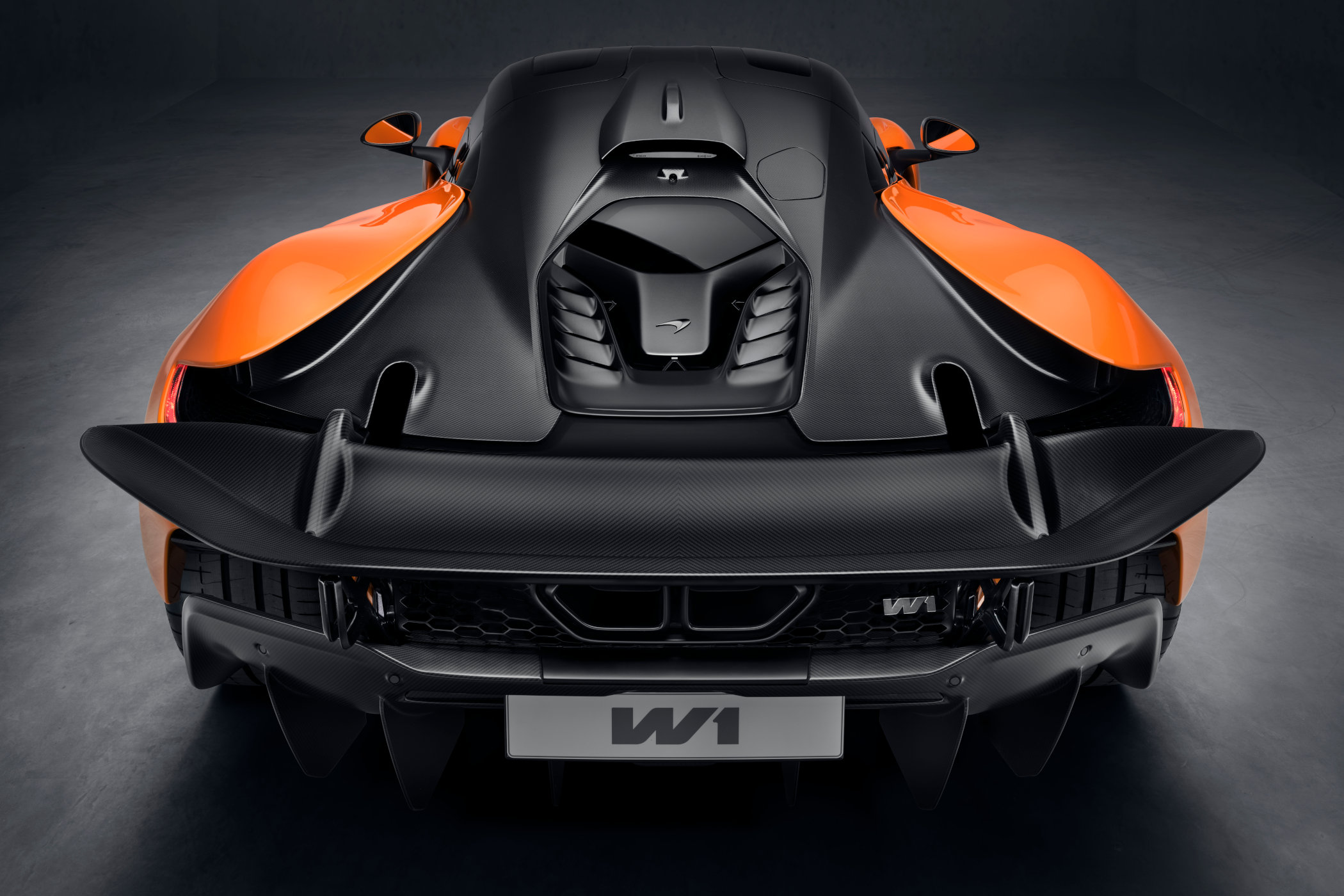
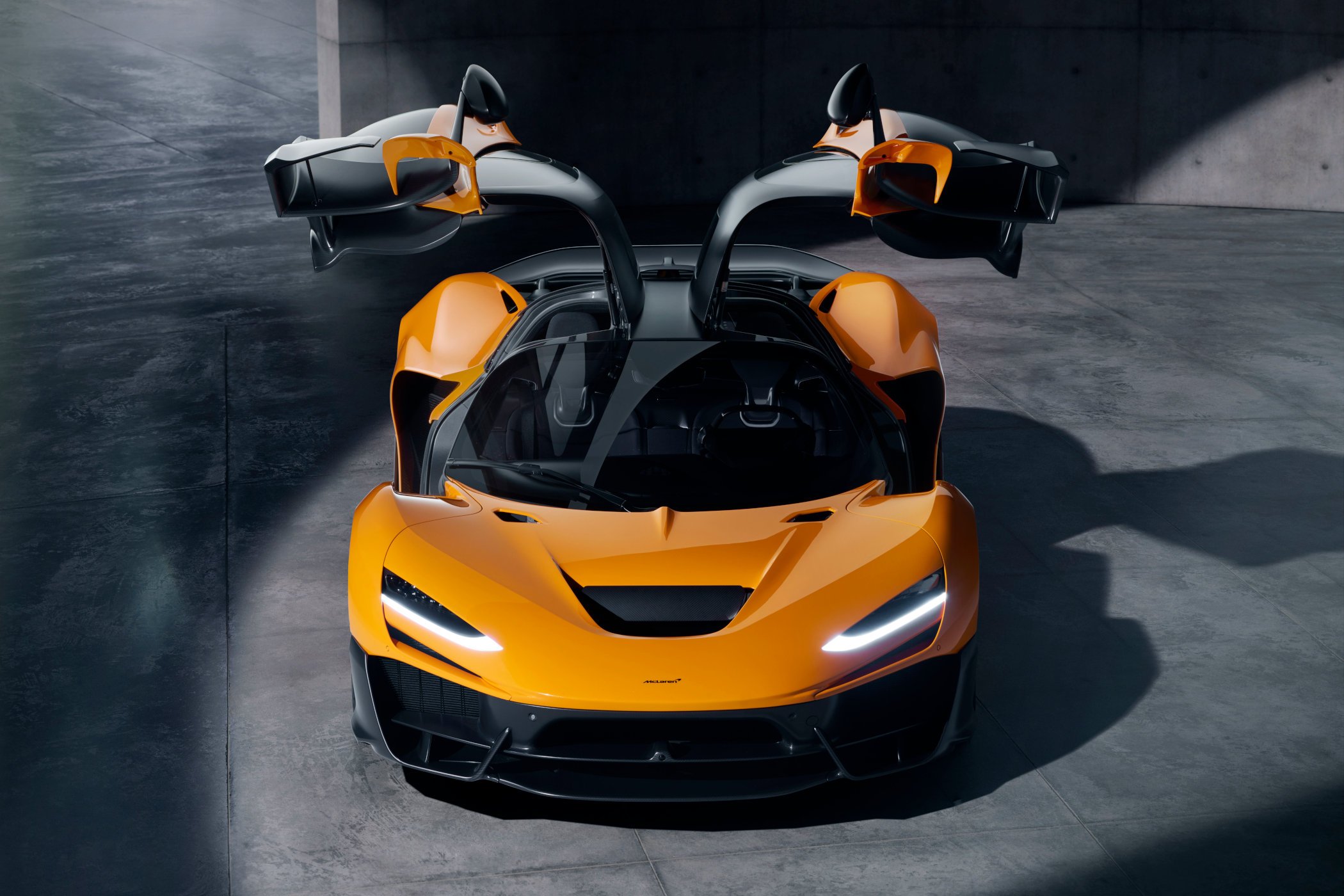
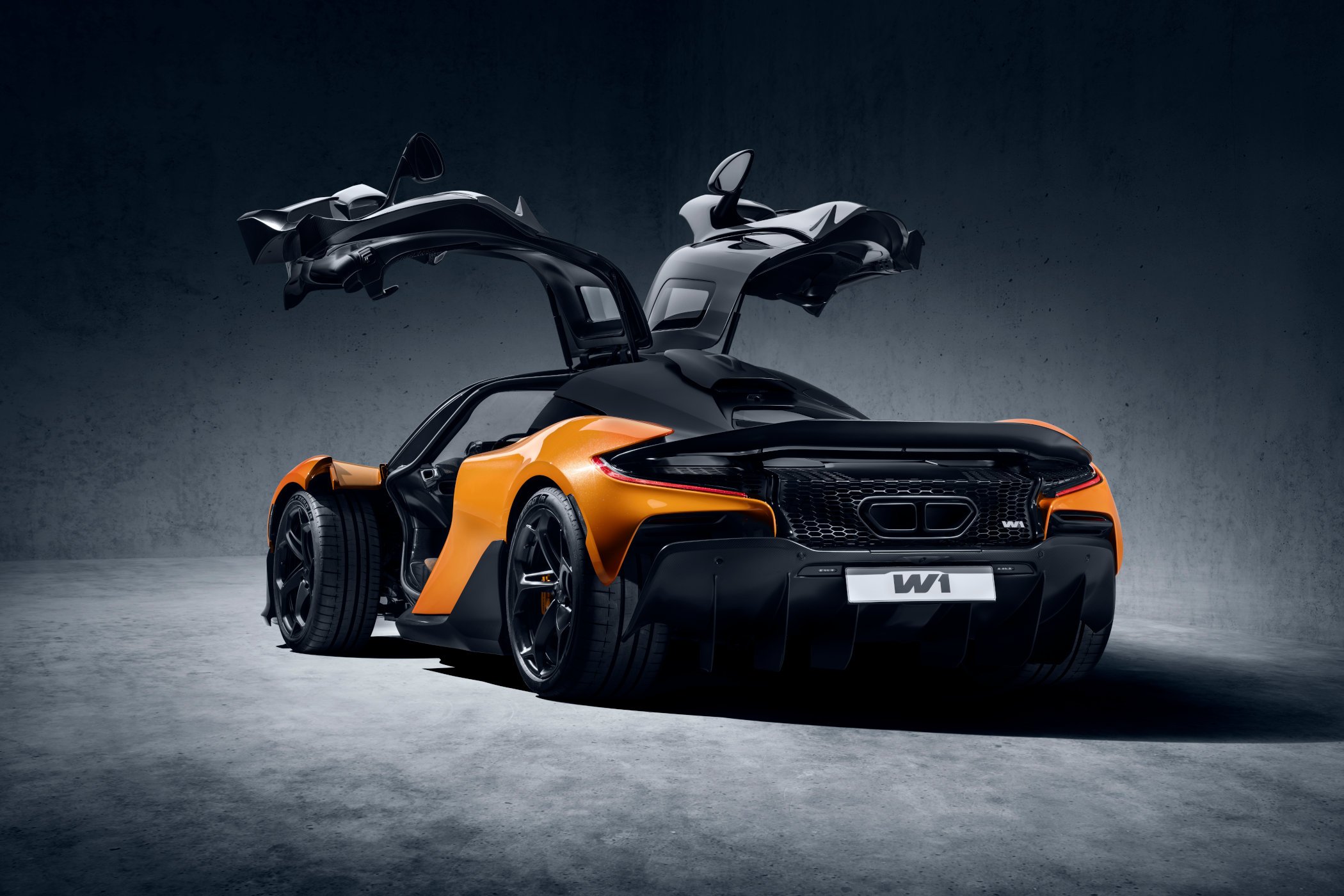
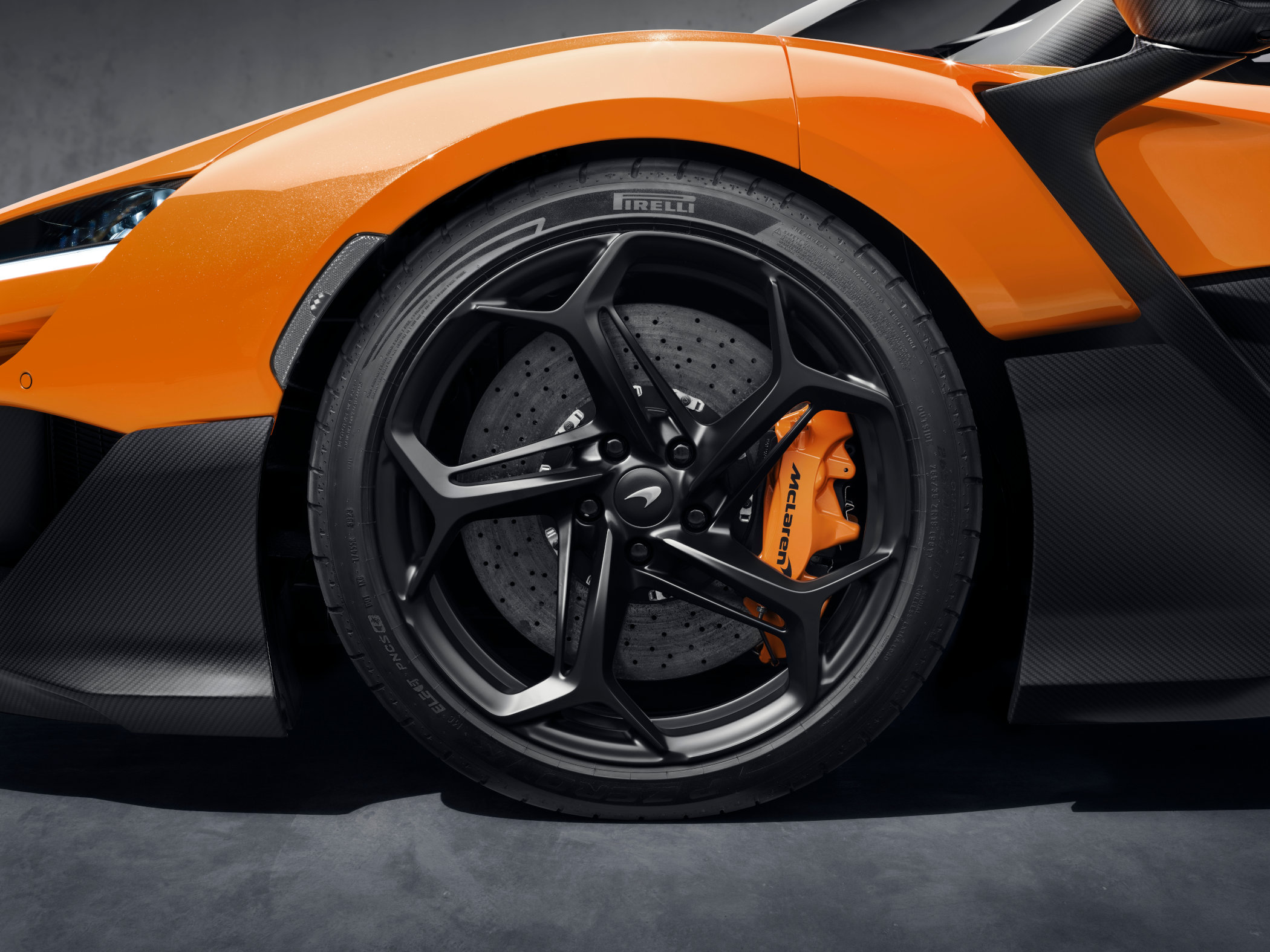
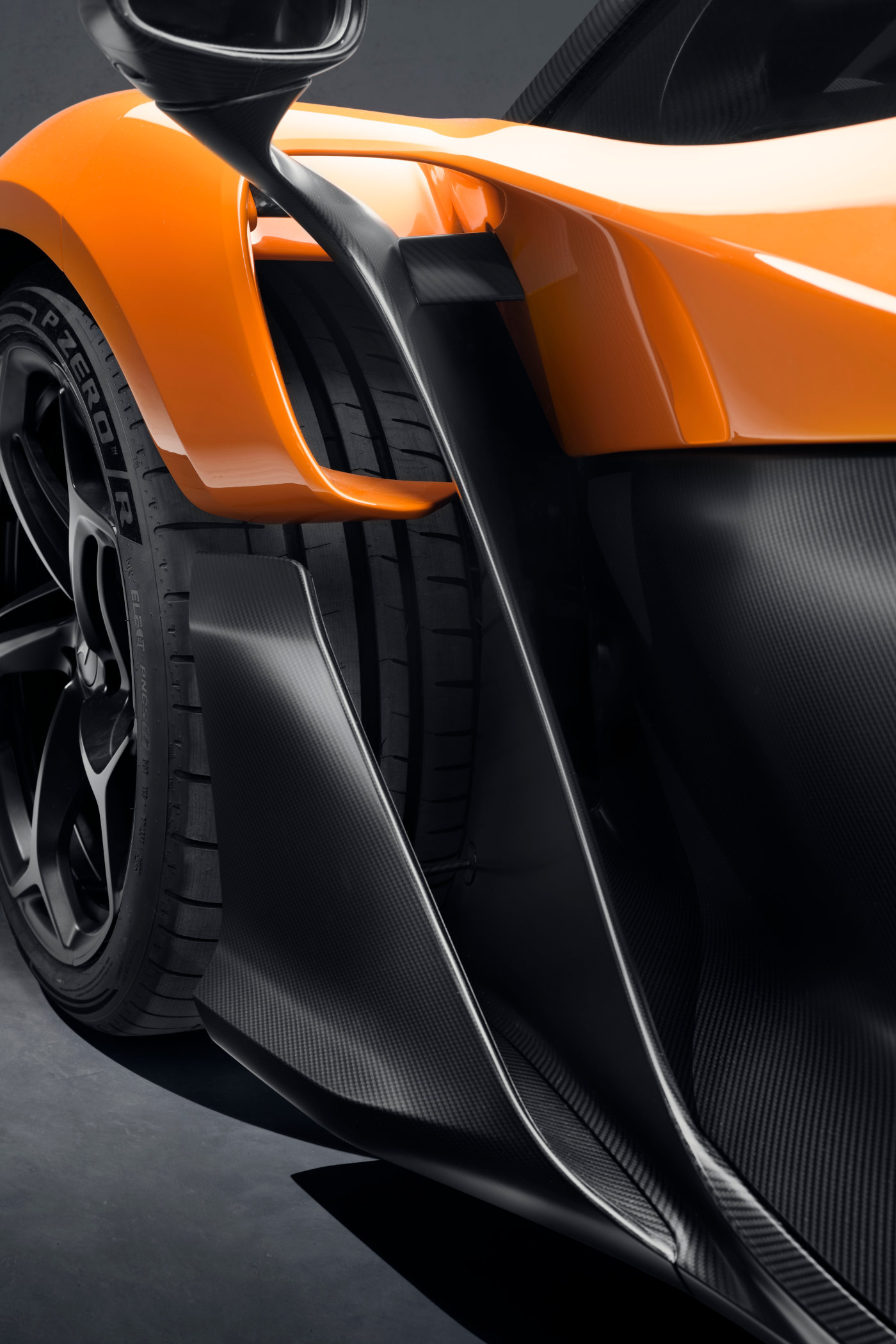

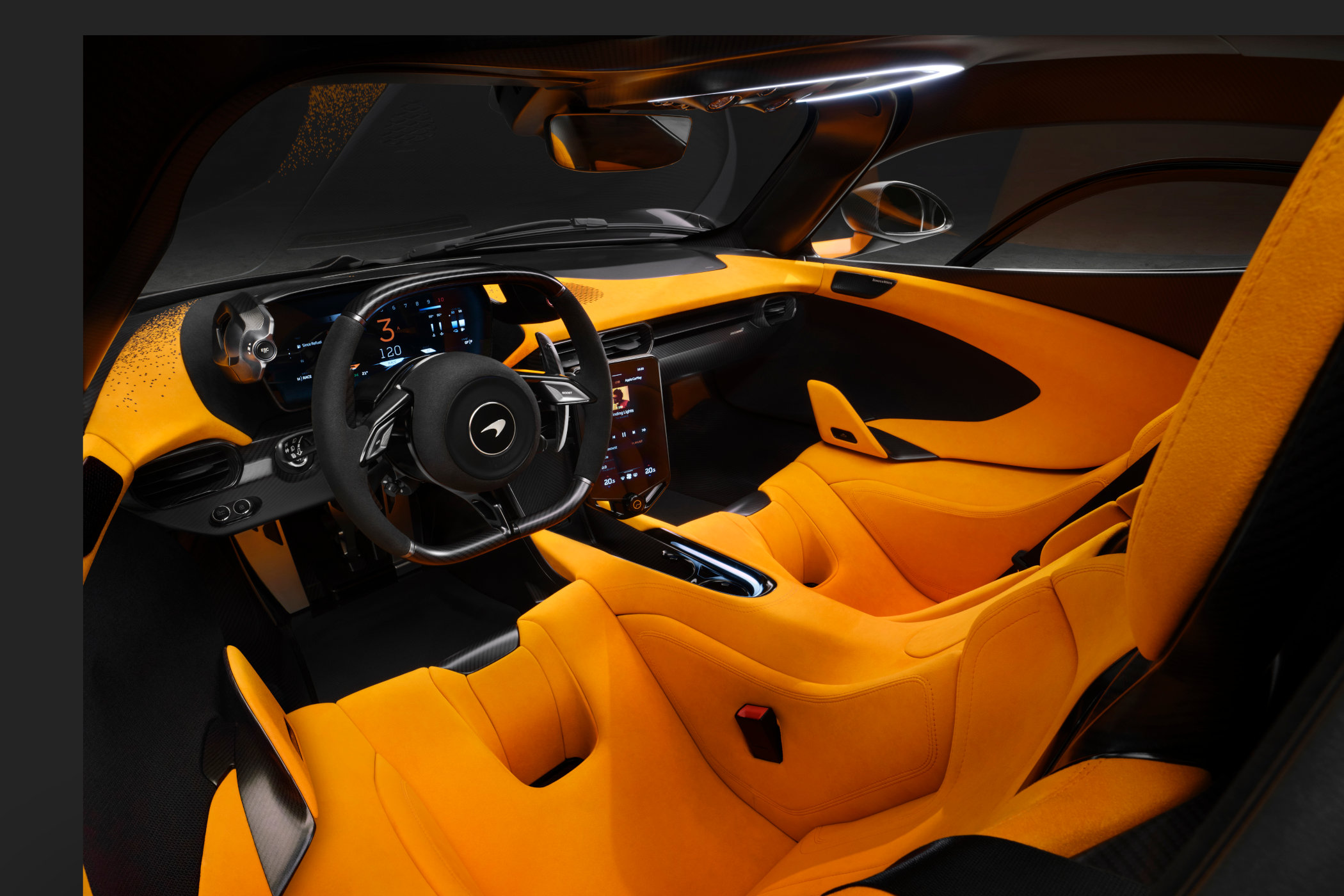
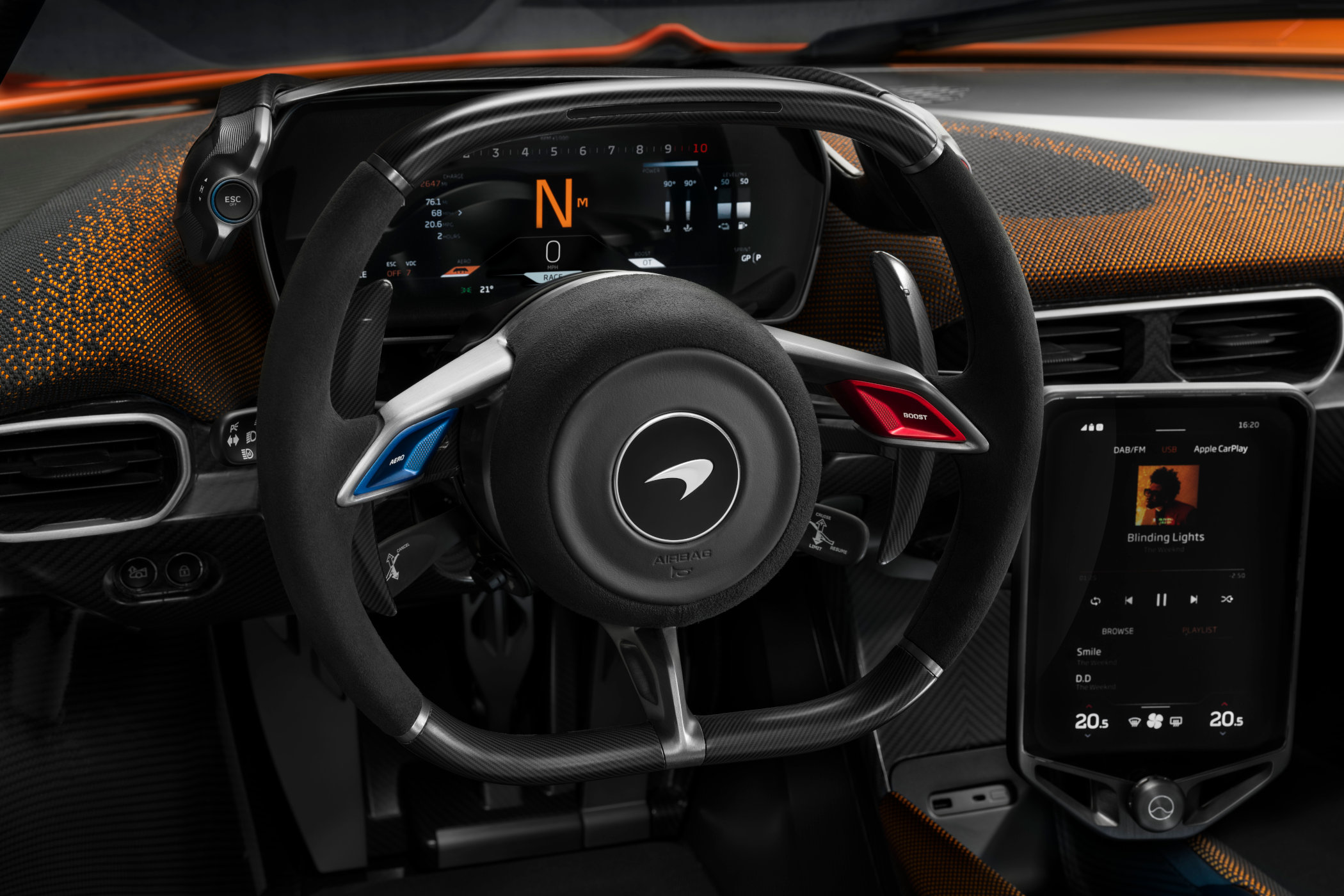
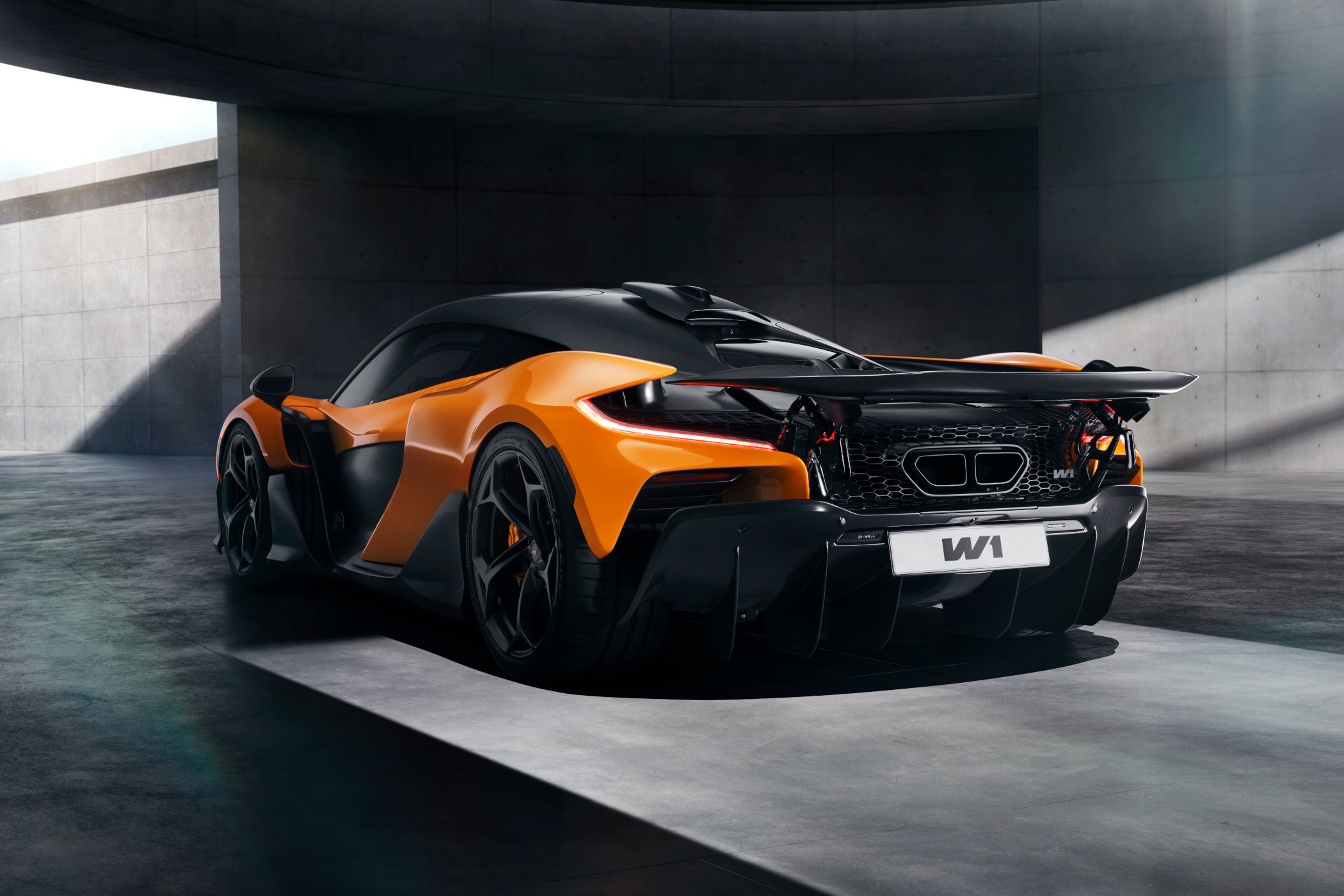
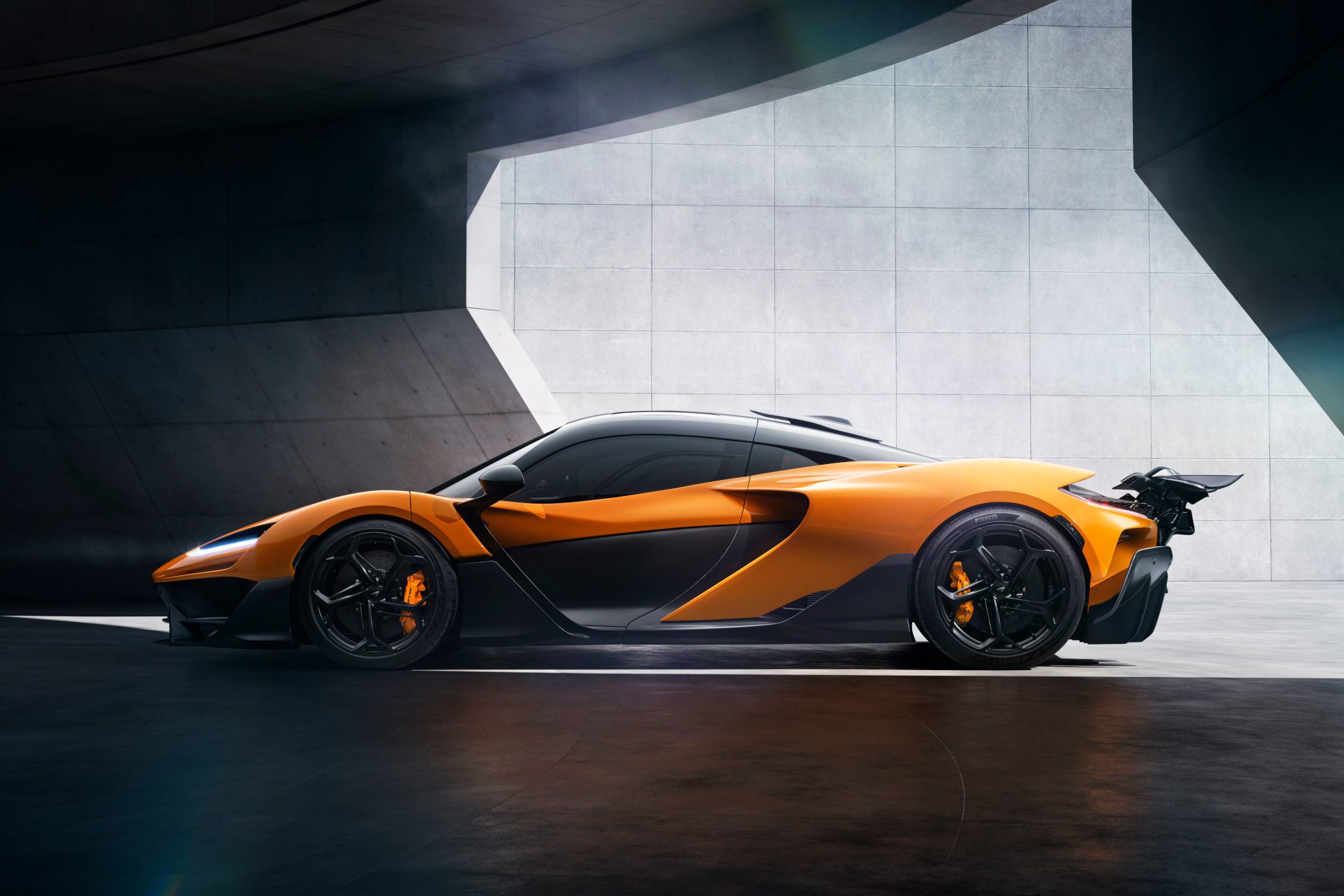



2 responses
Stunning car, the rear wing, the mirrors section, even the interior, not phev + incredible performance
hope they take some of the design language to regular cars, they are quite boring atm
The 90s “Holy Trinity” wasn’t with 959 and F40. It was with CLK GTR and GT1, as their all La Mans homologations.